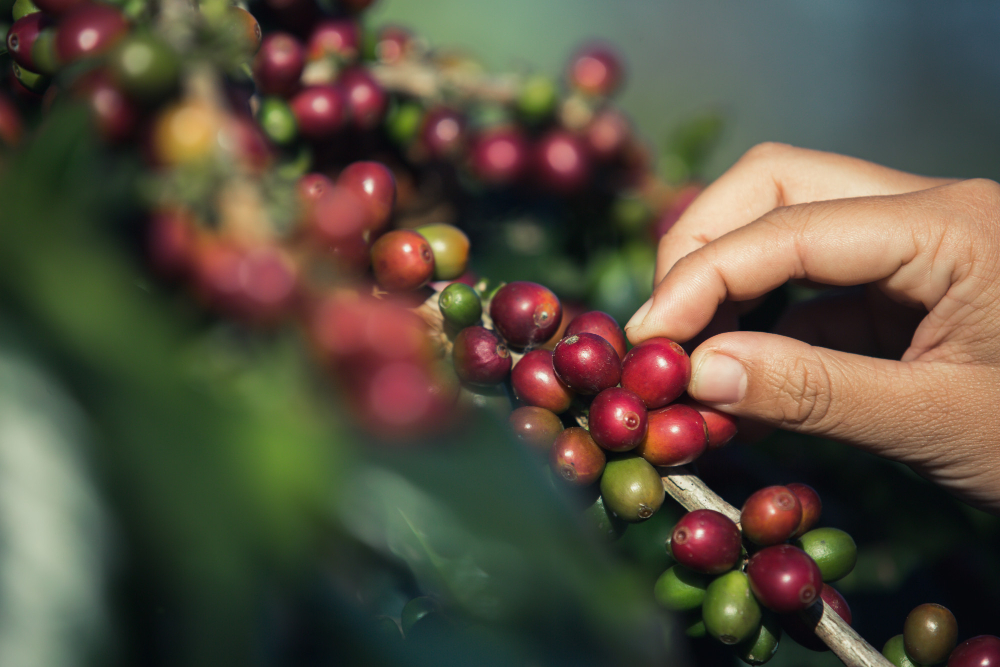
When you take that first sip of coffee each morning, you’re most likely enjoying either Coffea arabica or Coffea canephora (aka Robusta). These two species dominate global coffee production, but they are worlds apart in cultivation, flavor, chemistry, and cultural perception.
🌱 Origins and Growing Conditions
Arabica is the refined aristocrat of coffee—native to Ethiopia’s highlands and typically grown between 1,000–2,000 meters. It demands specific conditions: cool temperatures, rich volcanic soil, and consistent rainfall. Delicate and disease-prone, Arabica plants require careful nurturing and are especially susceptible to pests like the coffee borer beetle and diseases like leaf rust.
Robusta is the rugged survivor. Native to sub-Saharan Africa and now extensively cultivated in Vietnam, Brazil, and Indonesia, it thrives at 200–900 meters in hot, humid climates. It’s hardy, disease-resistant, and higher-yielding—ideal for mass-market production and regions vulnerable to climate change.
👃 Flavor Profile and Chemistry
Arabica wins the flavor contest hands down. It has:
- ~60% more lipids than Robusta
- Nearly double the sugars
- Less caffeine (1.2% vs. 2.2%)
These chemical differences translate to a sweeter, smoother, more complex cup with notes ranging from floral and fruity to nutty and chocolaty. Arabica often exhibits a silky body, balanced acidity, and lingering aftertaste.
In contrast, Robusta brings a punchy, often bitter character. Descriptors include earthy, woody, or even peanut-shell-like flavors. While generally less complex, Robusta contributes body, crema, and caffeine strength, making it essential in many espresso blends.
🧬 Genetics and Structure
Arabica is a tetraploid species with 44 chromosomes, which gives it more genetic complexity and variability. This makes selective breeding for flavor traits more effective but also adds to its fragility.
Robusta, a diploid species with 22 chromosomes, is genetically simpler and structurally tougher. Its leaves are larger, cherries smaller, and roots deeper, contributing to its climate resilience.
💡 Use Cases and Market Position
- Arabica: Specialty coffee, pour-overs, single-origin coffees, filter methods.
- Robusta: Instant coffee, budget-friendly blends, Italian-style espresso.
📈 Market Trends and Innovations
In recent years, some producers have begun experimenting with fine Robusta—selectively bred and processed Robusta beans that challenge traditional notions of flavor. When grown with care and processed meticulously, Robusta can yield nutty, dark chocolatey cups with surprising depth. Organizations like the Specialty Coffee Association are increasingly open to recognizing quality Robusta as part of the future of sustainable coffee.
☑️ Takeaway
Arabica is the go-to for quality and nuance, while Robusta shines in strength, yield, and resilience. In an era of climate uncertainty, Robusta's adaptability is more valuable than ever. Both have a rightful place in the global coffee ecosystem—understanding their roles helps coffee lovers, farmers, and café owners make smarter, more sustainable choices.
